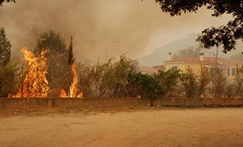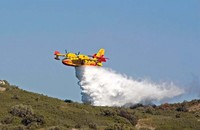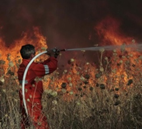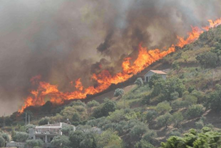Seveso II site: Thriassio Field near Athens, Greece
Athens concentrates about half of the population of Greece. A lot of refineries, chemical industries and warehouses are located in the broader region of Athens and especially within the industrial zone of ‘Thriassio Field’, about 15 km NW from the centre of the city. Industrial installations at Thriassio Field handling certain quantities of hazardous materials (toxic, flammable, and explosive) can potentially cause major accidents if reached by a wildfire, endangering the health and safety of the population (workers and public), as well as the environment. In case that such an accident actually happens, the workers and the population are at large exposed to extreme phenomena such as fallout, toxic clouds, thermal radiation, overpressure, and fragments. Therefore, prevention of such accidents and timely recommendation to evacuate are of paramount importance.

A view of Thriassio Field showing the installations and their proximity to a vegetated area
Mediterranean Tourist Islands
Balearic Islands
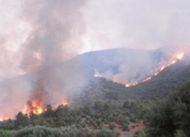
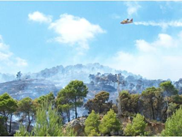
The Balearic Islands are an archipelago of Spain in the western Mediterranean Sea, near the eastern coast of the Iberian Peninsula. The four largest islands are: Majorca, Minorca, Ibiza and Formentera. The archipelago forms an autonomous community and a province of Spain, with Palma as the capital city. With annual tourist arrivals of almost 12,000,000 visitors (80% international and 20% domestic), the Balearic Islands represent a suitable case study for the project. Additional characteristics are the small area (4,992 km2) and rich natural biodiversity.
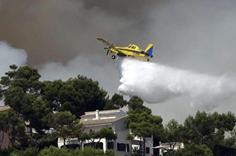
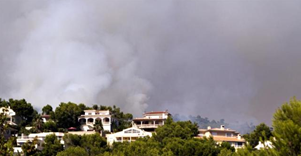
Sardinia Island
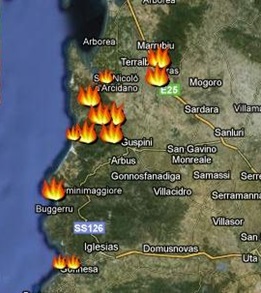
Sardinia is the second largest island in the Mediterranean Sea (after Sicily and before Cyprus) and an autonomous region of Italy. With an annual tourist arrivals almost 12,200,000 of visitors (67% of them domestic, 2% international and 31% European), Sardinia represents the second case study island: it is a large island (24,090 km2), with natural biodiversity near the tourism areas. During the last years, and specially 2009 and 2011, Sardinia has suffered important fires, produced mainly during the tourist season, from May to October. For these reasons, Sardinia constitutes a well motivated case study area for the EVITA project.
